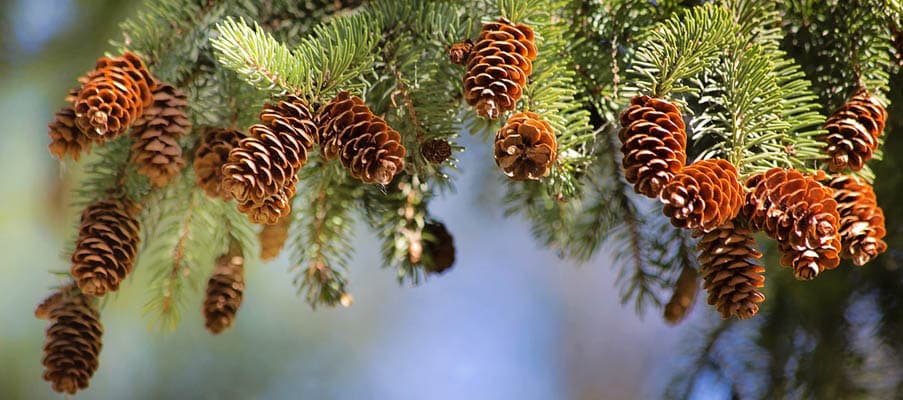One of the best ways of beating meddlesome pine needles is by raking them to oblivion. For a small yard, this calls for the best rake for pine needles.
Problem is, every Tom, Dick, and Harry is marketing his rake as the best for pine needles. So, how do you tell the best?
Check The Tines
In general, your pine needles rake head can be metallic (steel), plastic (poly or resin), or made of bamboo.
Metal tines (also called spring rakes because of the bounce) outlast the rest because they don’t bend even with heavy piles.
Bamboo rakes are extremely lightweight, but the tines are notorious for breaking too easily while plastic tines are so-so -if they don’t break they will fail to provide adequate flexibility.
Investigate the Handle
Your pine rake handles will either come out of fiberglass, aluminum, or wood.
Fiberglass is strong, lightweight, waterproof, does not shrink, and doesn’t crack and for some people, it’s the way to go. But fiberglass is harder to replace if it shatters.
Its greatest rival is hardwood. It holds fairly well, can last, be molded for a personalized grip, and it’s easier to repair/replace.
But wood rots in damp conditions and expand/shrinks with changes in humidity.
Moving on, although metal last for many seasons, they may bend or warp over time or with heavy use in addition to being problematic to handle during chilly weather- unless you wear gloves.
The worst is plastic. They impact the environment since they’re not reusable and can break under little provocation.
Test It For Comfort
Your rake needs to have suitable ergonomics to avoid soreness, proper dimensions to avoid back pain, and be generally less straining when in use.
You can either look for a fitting rake for every member of your family or buy a lightweight pine needles rake with, if possible, an adjustable handle plus adjustable tines.
That way, each user can set the rake to their most comfortable dimensions.
That being said, rake heads that are between 22 to 24 inches seem to pick up more pine needles in a sweep while remaining fairly comfortable.
In comparison, an 18 inches wide head could slow you down when faced with lots of pine needles while a 30-inch-wide pine rake is more stressful though pretty quick.
Still there, the best handle length depends on your height but should be long enough to allow you to clear more ground quickly and without bending.
Overall Construction
Don’t read too much in some of the fancy design features.
For example, although some rake heads may be curved and come in a plethora of pleasing designs, there’s little evidence to prove that such variations improve performance.
What matters is that it’s well-built in its entirety.
Check that the tines are securely attached to the handle. Also, verify that they’re not overly brittle as to break or bend when moving leaves. Springy tines are actually preferable as they stretch out when raking under pressure.
On handles, make sure that the grip is fine and that it’s firmly connected to the head.
Final Word
To rake pine needles, you need the perfect rake and to get this rake, you need to check factors such as your comfort, the construction, rake handles, and the tines.
If you get it right, your landscaping efforts will never again be messed by the invasive pine needles.

